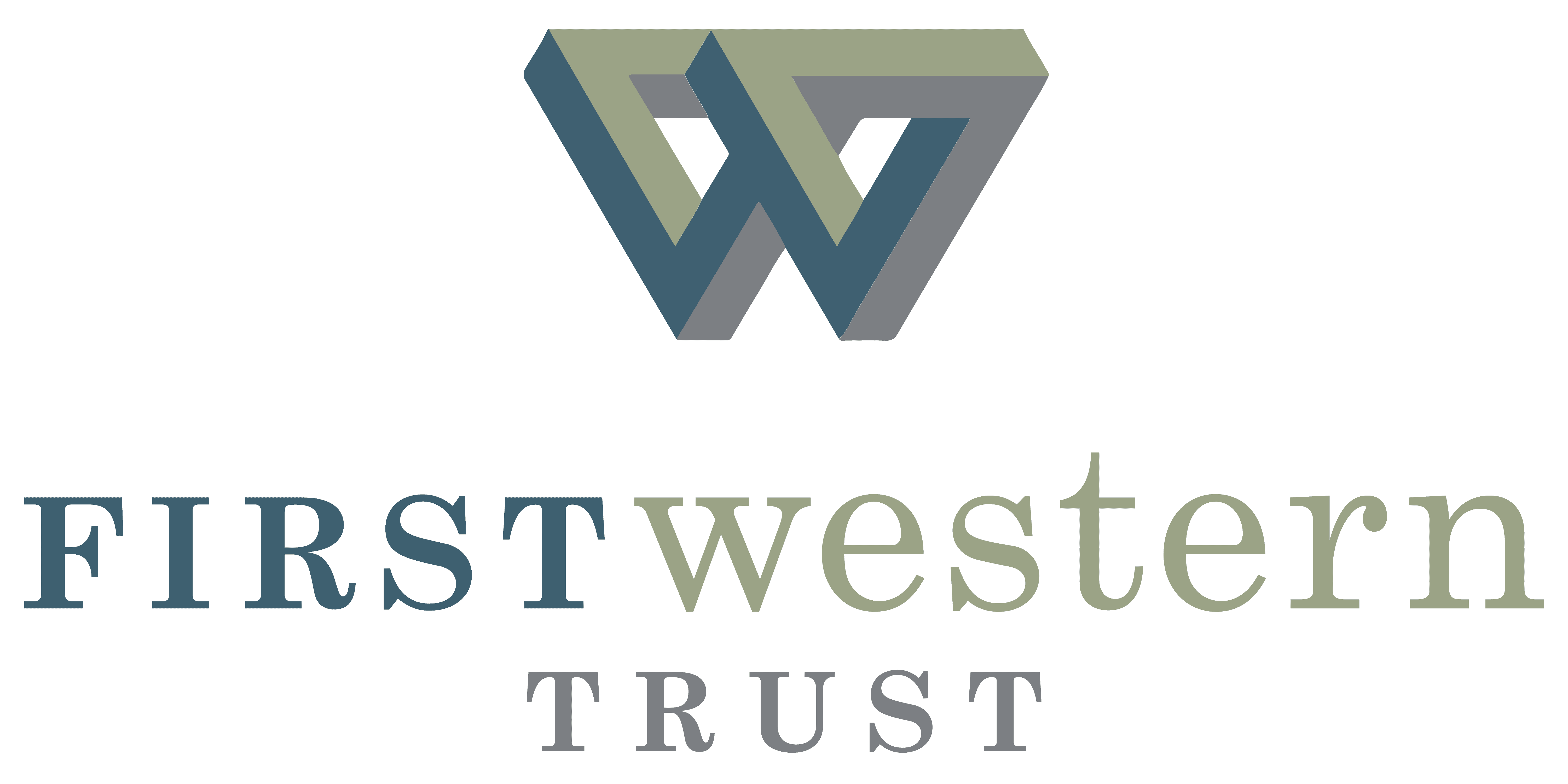
Mastering Tax-Loss Harvesting: Strategies to Slash Your Tax Bill
August 1, 2024
Tax-loss harvesting is a sophisticated strategy designed to help high-net-worth individuals manage their investment portfolios more effectively by optimizing tax efficiency. This approach can significantly impact your net investment returns and is an essential tool in your wealth management arsenal. This article will explore tax-loss harvesting, how it works, the steps to implement it, and whether it’s worth considering for your financial strategy.
What is Tax-Loss Harvesting?
Tax-loss harvesting involves selling investments that have decreased in value to a loss, which can then be used to offset capital gains and, in some cases, ordinary income. This strategy helps investors reduce their overall tax liability, increasing their after-tax returns. The realized losses can offset capital gains from other investments and up to $3,000 of ordinary income annually, with any unused losses carried forward to future years.
How Does Tax-Loss Harvesting Work?
The core principle behind tax-loss harvesting is strategically selling losing investments to lower your tax bill while maintaining your portfolio’s overall investment strategy and risk profile. Here’s a detailed breakdown of how it works:
- Identify Losses: Review your investment portfolio to identify securities currently trading at a loss compared to their purchase price.
- Sell the Losing Investments: Sell these securities to realize the losses.
- Offset Gains: Use the realized losses to offset any capital gains you’ve incurred from selling other investments.
- Replace Investments: To maintain your desired asset allocation and investment strategy, you should buy similar (but not substantially identical) investments. This step is crucial to comply with the IRS wash-sale rule, which disallows a loss deduction if you repurchase the same or considerably similar one within 30 days before or after the sale.
Steps to Implement Tax-Loss Harvesting
Implementing a tax-loss harvesting strategy requires careful planning and execution. Follow these steps to maximize the benefits:
- Evaluate Your Portfolio Regularly: Review your portfolio regularly to identify potential tax-loss harvesting opportunities. This is especially important towards the end of the fiscal year.
- Consult with a Tax Advisor: Before making any sales, consult your tax advisor to ensure that the strategy aligns with your overall financial plan and complies with IRS rules.
- Sell Losing Investments: Execute the sale of investments that have declined in value. Ensure that the sales are correctly recorded for tax reporting purposes.
- Reinvest Wisely: To avoid the wash-sale rule, reinvest the proceeds into different investments that maintain your portfolio’s diversification and risk profile. Consider similar, but not identical, securities or exchange-traded funds (ETFs) that track the same market segment.
- Document and Monitor: Collect detailed records of all transactions, including the dates of sales and purchases, the amounts involved, and the securities’ cost basis. Continuously monitor your portfolio to identify further opportunities for tax-loss harvesting.
Tax-Loss Harvesting Rules to Remember
To effectively implement tax-loss harvesting, it’s essential to understand and follow specific IRS rules:
- Wash-Sale Rule: The IRS wash-sale rule prohibits claiming a loss on a security if you repurchase the same or substantially similar one within 30 days before or after the sale. Violating this rule disallows the loss for tax purposes.
- Short-Term vs. Long-Term Gains: Realized losses first offset gains of the same type. Short-term losses offset short-term gains, which are taxed at ordinary income rates, and long-term losses offset long-term gains, which are taxed at lower capital gains rates.
- Carryforward of Losses: If your losses exceed your gains, you can use a maximum of $3,000 of excess losses to offset your other income. You can carry any remaining losses forward to future tax years.
Who Can Benefit from Tax-Loss Harvesting Strategies?
Tax-loss harvesting strategies can benefit all taxable investors, particularly those in higher tax brackets. Investors in the highest tax brackets can benefit most from the more significant potential tax savings. High-net-worth individuals often have capital gains from investments, including concentrated stock positions, private equity, or other active investments.
Harvested losses can still be valuable if an investor does not have sufficient capital gains in a given year. These losses can offset up to $3,000 of ordinary income annually, including wages, interest, dividends, and business income. Any losses exceeding this limit can be carried forward indefinitely, providing a future tax shield against capital gains.
Investors considering tax-loss harvesting include those planning to donate their portfolios to charity or bequeath them to heirs, as this strategy does not involve realizing capital gains. Conversely, investors planning to liquidate their portfolios in the future will benefit from the accumulated tax savings and the enhanced growth of their investments due to ongoing tax-loss harvesting. Over a long investment horizon, tax-loss harvesting can lead to a more appreciable portfolio than one managed without tax considerations.
Is Tax-Loss Harvesting Worth It?
The value of tax-loss harvesting can be significant, but it depends on various factors, including your financial situation, market conditions, and tax bracket. Here are some points to consider:
- Tax Savings: By reducing your taxable income, tax-loss harvesting can lower your tax bill, leaving more money invested in your portfolio to grow over time.
- Portfolio Management: This strategy can also help you rebalance your portfolio and remove underperforming investments, potentially improving its overall performance.
- Complexity and Costs: Tax-loss harvesting requires careful management and regular monitoring. It can be complex and time-consuming, potentially incurring additional costs for financial advisory services.
Tax-loss harvesting can be a valuable strategy for high-net-worth individuals, especially when integrated into a comprehensive wealth management plan. By working with financial advisors, you can navigate these strategies to ensure they align with your financial goals and help preserve your financial legacy. Tailored solutions, built on a deep understanding of tax-loss harvesting strategies, can assist you in achieving your financial aspirations.
If you are considering tax-loss harvesting or want to learn more about how it can fit into your overall financial plan, consult with your dedicated financial advisor. Professional guidance can provide the sophisticated solutions needed to manage wealth effectively and maintain your desired lifestyle.
Investment Services are Not a deposit, Not guaranteed by the Bank, May Lose Value













